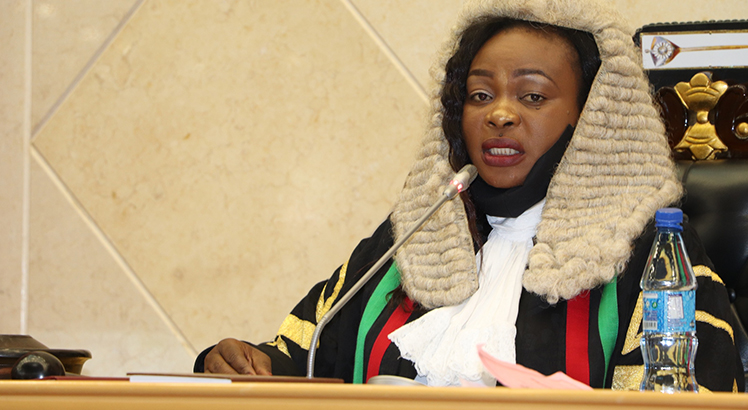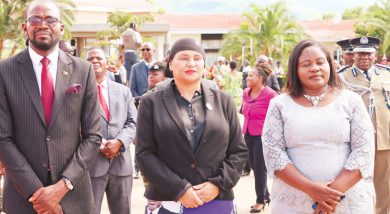2018: The kwacha stood its ground
After a significant depreciation between 2013 and 2016, the kwacha has continued to stabilise for the greater part of this year with tight monetary conditions mitigating the impact of a wide current account deficit.
In 2015, the kwacha depreciated by 28.5 percent compared to 14.5 percent depreciation registered in the preceding year. Within the first eight months of 2016, the kwacha lost value by 7.1 percent.

However, come 2017, the local unit registered some resilience against its major trading currencies and has continued to gain momentum this year owing to signs of recovery and stability of key fundamentals.
This is supported by favourable weather conditions and a stable macroeconomic environment, for instance, real Gross Domestic Products (GDP) growth which is projected to edge to 4 percent this year.
Inflation rate on the other hand has also been on a downward trend since the start of year, hitting a single digit of 9.3 percent in August this year, the first time in more than six years.
Eventually, the Malawi kwacha- US dollar exchange rate has remained broadly stable during the past 12 months, trading at around K730 to a dollar, reflecting fiscal discipline, according to the central bank.
The central bank says its efforts to absorb excess liquidity from the banking system as well as maintenance of positive real interest rates has seen the unit remaining stable this far.
RBM spokesperson Mbane Ngwira said this is the first time in a while the kwacha has been allowed to find its international value and fits well with continued decline in inflation rate.
“Exchange rate outlook this year is far much better than last year. RBM is, therefore, confident that at least into the foreseeable future, Malawi is not likely to experience the usual seasonal lean period in terms of foreign exchange availability, thereby cementing the current stability of the exchange rate,” he said.
Presently, demand for foreign exchange in the market has been matched by supply.
Coupled with a sound tobacco market performance with earnings being higher than last year, foreign currency reserves have also remained within the required equivalent of three month of imports.
Ngwira said this shows that the economy has successfully developed resilience and is now not just relying on tobacco to boost foreign currency reserves.
However despite remaining steady against the US dollar and Euro, kwacha lost value against pound in September 2018, according to RBM statistics.
RBM September 2018 Monthly Economic Report indicates that the local currency traded at K732.51 per US dollar and K852.15 per Euro while shedding 1.1 percent against the pound to trade at K961.05.
The depreciation was explained by a firmer pound due to improved investor confidence as the UK anticipates a favourable outcome from the Brexit negotiations.
Earlier this month, investment management and advisory firm, Alliance Capital, said pressure had started mounting on the local trading unit, the kwacha, as the country passes through the lean foreign exchange period.
In its October 2018 Economic Report, Alliance Capital said the it expected volatility to persist on the kwacha-rand and kwacha-sterling pairs albeit with a depreciating bias.
But Ngwira in an interview on Monday said the central bank expects the kwacha to sustain its stability in line with growth prospects of the economy.





